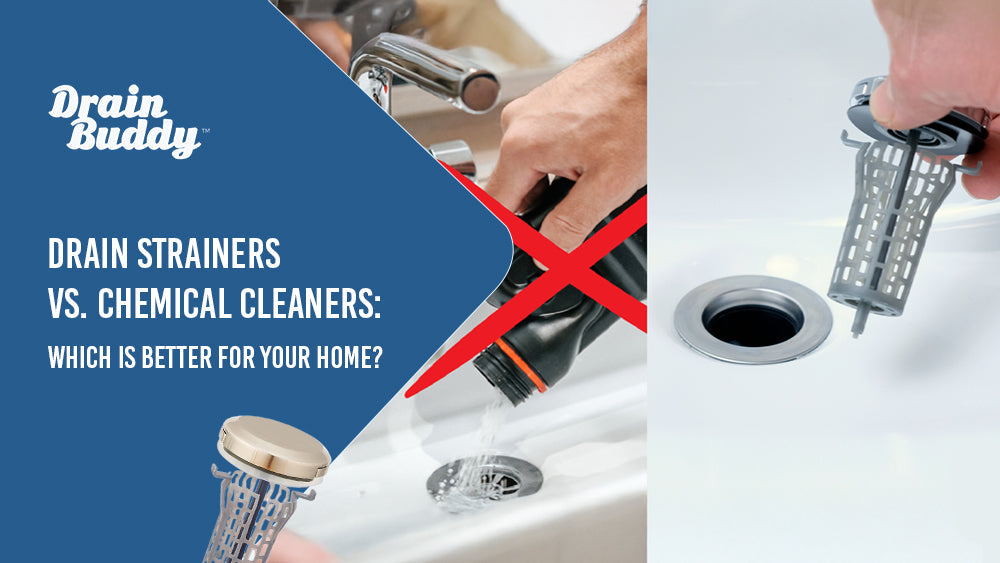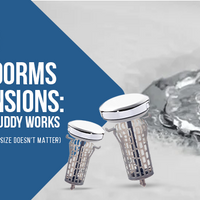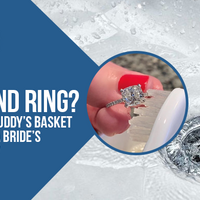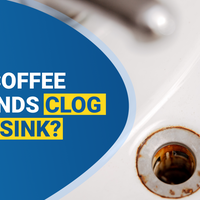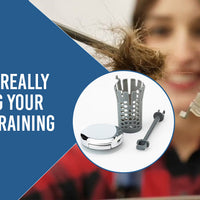Summary
- Drain strainers offer sustainable, long-term clog prevention without harming pipes.
- Chemical cleaners are effective in emergencies but carry environmental and health risks.
- Drain Buddy provides an installation-free 2-in-1 stopper and catcher solution.
- Strainers are cost-effective, septic-safe, and ideal for everyday use.
- Chemical use should be limited to rare situations and applied with safety precautions.
Clogged drains can be more than just a nuisance, they often lead to costly repairs, unpleasant odors, and potential water damage. In response, many households choose between two common solutions: drain strainers or chemical cleaners. Drain strainers act as a preventative measure, physically trapping debris before it causes a blockage. Chemical cleaners, on the other hand, offer a reactive fix, breaking down existing clogs through aggressive chemical reactions.
This article explores the key differences between these two options, comparing their mechanisms, impact on plumbing, environmental footprint, cost, and maintenance. The goal is to help homeowners make an informed decision based on safety, sustainability, and effectiveness.
Key Differences Between Drain Strainers and Chemical Cleaners
Below are the key differences between Drain Strainers and Chemical Cleaners.
1. Mechanism of Action
Drain strainers physically block debris such as hair, food scraps, and soap buildup from entering your pipes. This method is non-invasive and safe for all pipe types. For instance, Drain Buddy’s Ultra Flo system combines a tub stopper and hair catcher in a single unit that fits 90 percent of household drains, without the need for tools or installation.
In contrast, chemical cleaners operate through corrosion. Formulas containing lye or sulfuric acid dissolve clogs by reacting with organic matter. While effective in the short term, these harsh chemicals can damage internal plumbing structures over time.
2. Impact on Plumbing
Drain strainers provide a gentle and pipe-friendly solution. They are safe for use in plastic, PVC, and metal pipes and don’t cause deterioration. Drain Buddy's mold-resistant material and recyclable baskets make it a smart choice for maintaining long-term pipe health.
Chemical cleaners, however, often do more harm than good when used repeatedly. Corrosive substances can weaken pipe walls, especially in older systems, and lead to costly leaks. According to Consumer Reports, excessive chemical cleaner use can reduce pipe life expectancy by up to 40 percent.
3. Environmental and Health Effects
Strainers are inherently eco-friendly. With no chemical runoff and zero fumes, they’re safe for septic systems and the surrounding environment. Products like Drain Buddy also reduce waste through reusable and recyclable components.
Chemical drain cleaners, on the other hand, pose multiple environmental risks. Once flushed, these substances can harm aquatic ecosystems and alter water pH levels. Additionally, the fumes released during use may affect indoor air quality and irritate respiratory systems. Protective gear is often required during application, further underlining the health risks.
4. Cost and Maintenance
When it comes to budget and upkeep, drain strainers offer a clear advantage. The upfront cost is low, and the product is reusable. For example, Drain Buddy includes six replacement baskets per unit, making regular cleaning easy, just remove the basket, discard the trapped debris, and reinsert.
Chemical cleaners may seem inexpensive initially, but the costs add up. They must be purchased repeatedly and used cautiously. Some situations even require additional tools or professional support when chemical treatments fall short.
When to Use Drain Strainers
Drain strainers are ideal for routine prevention and everyday use. They're particularly useful in homes where hair, pet fur, or food debris frequently enters drains. They also work well in eco-conscious households or homes that rely on septic systems, as they help preserve the biological balance needed for proper septic function.
Use them in:
- Showers and sinks to trap hair and soap scum.
- Kitchen drains to catch food particles and grease.
- Utility sinks and bathtubs where dirt or debris might collect.
When to Consider Chemical Cleaners
Chemical cleaners serve a purpose, but only under specific circumstances. They are best used as a backup when physical removal or drain strainers fail to clear a clog. They work particularly well on minor organic blockages like soap buildup or grease accumulation.
However, users should:
- Choose enzyme-based products when possible for a safer approach.
- Avoid mixing chemical products (e.g., bleach and acid), which can create hazardous gases.
-
Always wear gloves, use goggles, and ensure good ventilation.
Conclusion
While both drain strainers and chemical cleaners address the problem of clogs, their approaches and long-term implications vary significantly. Strainers are the clear winner for prevention, safety, and sustainability. Chemical cleaners, though effective in emergencies, pose risks that make them unsuitable for regular use.
Drain Buddy offers an easy-to-install, reusable solution designed to fit most drains and eliminate buildup before it starts. By choosing a preventative method, homeowners can avoid costly plumbing repairs, reduce their environmental impact, and create a safer home environment.

